Contemporary review originally published in Road & Track Sport and GT Cars 1993
The six-cylinder XJS makes sense, but I have to admit I was relieved by Jaguar’s announcement of a special limited-edition, powered by a bigger, more powerful version of the V-12. It sounded like my kind of decadence.
The XJR-S is the product of a 50-50 joint venture between Jaguar and Tom Walkenshaw’s TWR Group Limited. Walkenshaw is famous for successfully racing Jaguar products, so it’s no surprise that the XJR-S is more muscular. Its V-12, stroked to 5993 cc, produces 318 bhp and 339 lb-ft of torque, compared to the 263 bhp and 288 lb-ft of torque of its 5.3-liter predecessor. A Zytec combined sequential fuel injection and digital engine management system replaces the previous Marelli system. The XJR-S retains the GM Turbo Hydradramatic 400 3-speed automatic, though a lock-up torque converter and limited-slip differential are new. Final-drive ratio stays at 2.88:1.
The XJR-S gets its own 16 x 8-inch alloy wheels wrapped with Goodyear Eagles, 225/50ZR-16 front and 245/55ZR-16 rear. New spring rates, Bilstein gas-filled shocks and revised rear suspension bushings improve handling. The new XJS brakes are also used on the XJR-S.
These changes put an exclamation point at the end of any description of XJS. The velvet V-12 spins those huge Goodyears on asphalt with ease, although on winding roads hustling the Jag’s 4050-pound mass requires the same concentration as juggling bowling balls. It can be done and the car is impressive in doing so.
This truly grand tourer comes only in Signal Red or Jet Black (the Silver Frost press car pictured* unfortunately won’t be available to the public) with a rear wing, a black grille with “Sport” badge, and XJR-S logo image etched in the rear side glass, and Autolux leather interior. And – praise be – it’s also available as a convertible. Prices are $73,000 for the XJR-S coupe and $80,100 for the convertible. Only 100 will be made, and I’m happy about every one of them.
* The Silver Frost car mentioned illustrated the original Road & Track Sport and GT Cars article. Unfortunately, I wasn’t able to photograph a XJR-S. However, I did shoot a 1988 Jaguar XJS, which is similar in most regards to the XJS-R, but the XJS-R has the obligatory-in-the-1980s rear wing. The car looks better without it, at least to 2022 eyes.
The Jaguar XJS–originally called the XJ-S–debuted in 1975 as a 1976 model, with a model run continuing through 1996 with remarkably few changes. In 1993 as an effort to reduce price, Jaguar changed the standard engine in the XJS from the 5.3-liter V-12 to the 4.0-liter AJ6 in-line six-cylinder, with a concurrent drop of 262 horsepower of the twelve to 219 horsepower with the six.





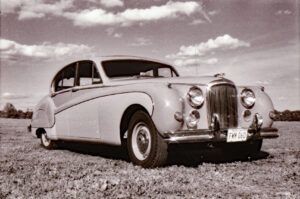
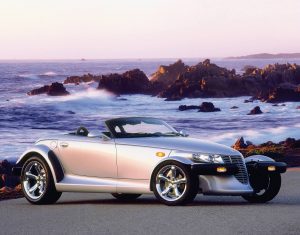
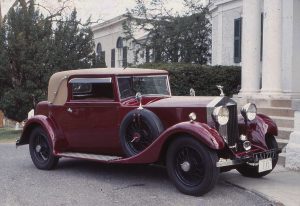


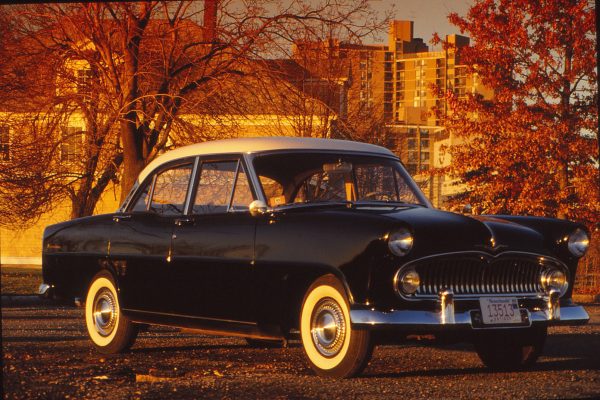
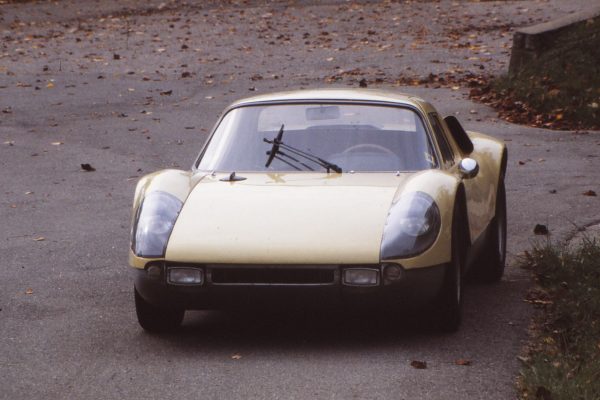
What Do You Think?
You must be logged in to post a comment.